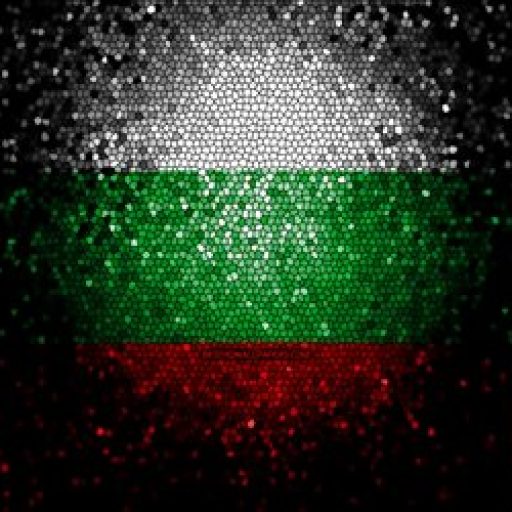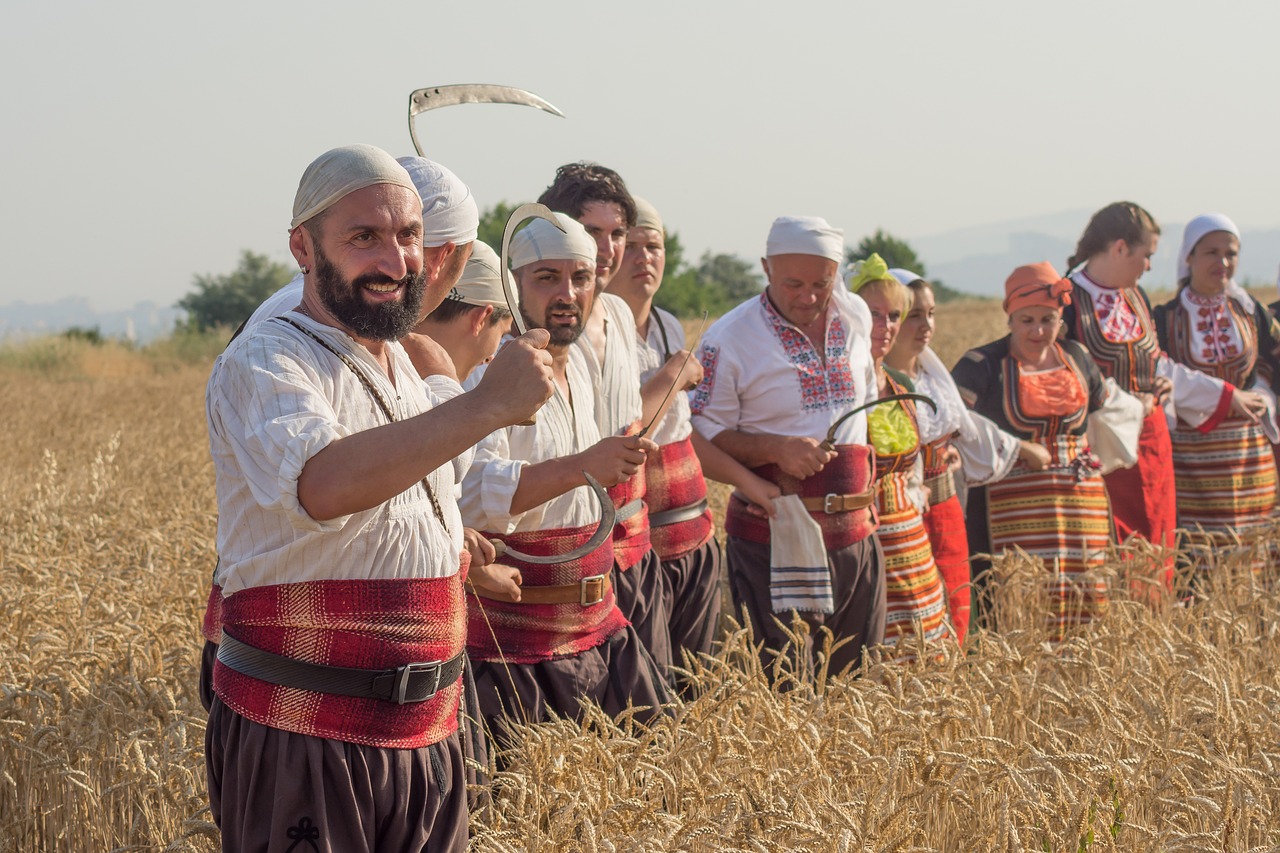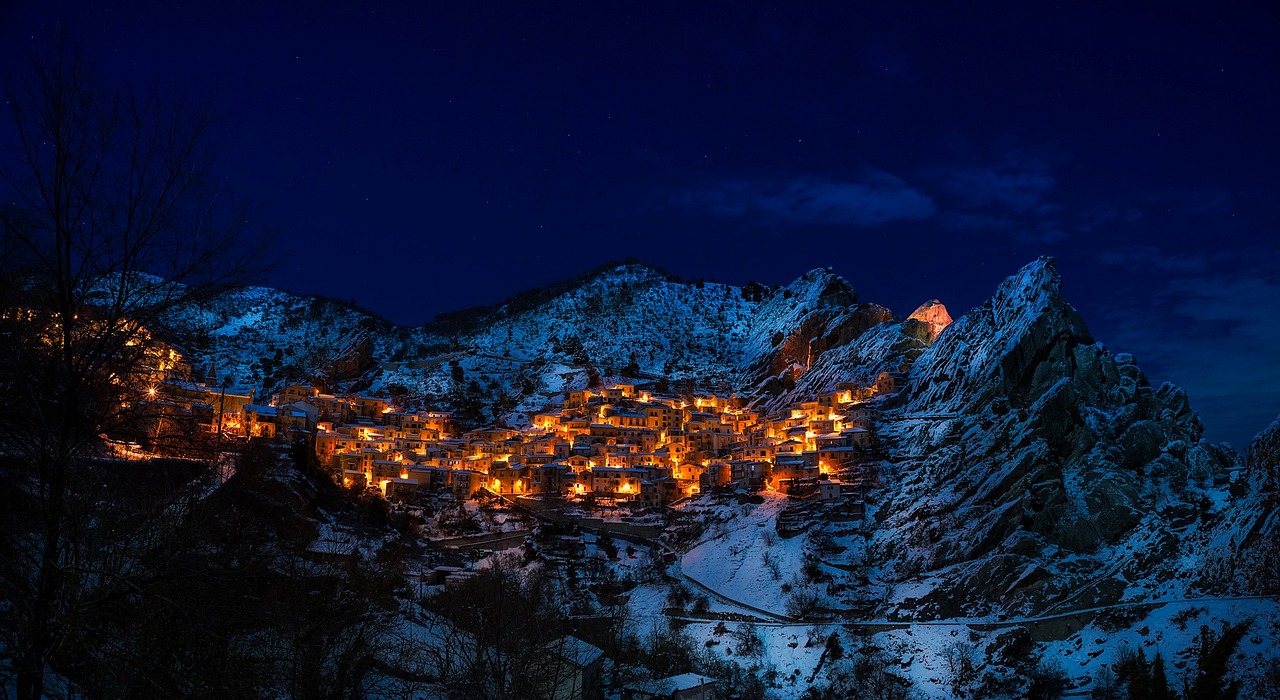Bulgaria is home to a vast spiritual heritage, with churches, cathedrals, and cultural gems that stretch back for centuries. With over 2000 churches still standing, Bulgaria has been estimated to have the highest ratio of churches per inhabitant in the world.
One of the most iconic of these is the St. Alexander Nevsky Cathedral in Sofia, a symbol of Bulgaria that was built in honor of the soldiers who died in the Russo-Turkish War. Other notable churches include the Hagia Sofia Church, the Church of St. Nicholas the Wonderworker, the Rotunda of St. George the Victorious, and the Boyana Church.
Those seeking to explore Bulgaria’s rich spiritual heritage can take a day trip to Belogradchik Rocks and Venetsa Cave, meet rare Bulgarian pets in Bansko, or take a guided tour of Plovdiv and Koprivshtitsa.
With its diverse spiritual heritage, Bulgaria is sure to captivate any traveler.
Key Takeaways
- St. Alexander Nevsky Cathedral in Sofia is a grand symbol of Bulgaria, built in honor of soldiers who died in the Russo-Turkish War. It is known for its imposing architecture, including gold-plated domes and Bulgarian stone facades, and its interior is decorated with marble, onyx, and alabaster. The cathedral can hold up to 10,000 people and has a collection of Orthodox art in the crypt.
- The Hagia Sofia Church, the second oldest church in Bulgaria, was originally built during the reign of Justinian and later transformed into a mosque. It is a crossed-dome basilica located near St. Alexander Nevsky Cathedral in Sofia.
- The Boyana Church, located in the forest at the foot of Vitosha Mountain, is known for its exquisite murals painted in 1259. It is considered ahead of its time and is a significant cultural gem.
- Nesebar, a town in Bulgaria, is home to 40 churches, including the basilica of the Holy Theotokos Eleusa and the Church of Christ Pantocrator. It is included in the List of World Cultural and Natural Heritage Sites of UNESCO and is a must-visit destination for those interested in Bulgaria’s rich spiritual heritage.
St. Alexander Nevsky Cathedral
St. Alexander Nevsky Cathedral in Sofia is a symbol of Bulgaria. It was designed by Russian architect Alexander Pomerantsev and built in honor of soldiers who died in the Russo-Turkish War.
The grand and imposing structure features gold-plated domes and Bulgarian stone facades. The interior is decorated with marble, onyx, and alabaster. The cathedral can hold up to 10,000 people and is home to a collection of Orthodox art in the crypt.
The architecture of St. Alexander Nevsky Cathedral has been praised for its beauty and grandeur. It has a great historical significance due to its dedication to the fallen soldiers of the war. The cathedral is a source of pride and inspiration for many Bulgarians and serves as a reminder of the country’s rich spiritual heritage.
## Hagia Sofia Church
Hagia Sofia Church, built during the reign of Justinian, is a cross-dome basilica located near another notable cathedral in Sofia. Carefully preserved for centuries, it is renowned for its vibrant wall paintings and ornaments.
It has great historical significance as a symbol of Bulgarian culture, being one of the oldest churches in the country. It has also been integral to the religious life of Bulgaria, as it was transformed into a mosque during Ottoman rule. Its architecture is striking, featuring Byzantine and Islamic elements.
Its significance to Bulgaria can also be seen in its cultural importance, with its art and artifacts surviving to the present day. Hagia Sofia Church is a powerful reminder of Bulgaria’s rich spiritual heritage, and a reminder of the country’s long history of diverse cultures and beliefs.
## Rotunda of St. George
The Rotunda of St. George the Victorious is an ancient building located in Sofia, constructed by Emperor Constantine in the 4th century. It is well-preserved, making it an important cultural and spiritual site for many visitors.
Exploring the historical significance of the Rotunda, one discovers its grand and imposing architecture, with its wall paintings and ornaments. Its spiritual significance is further revealed in the crypts, dedicated to the martyrs and saints.
Discovering the cultural importance of the Rotunda, one finds that it is a symbol of resilience and endurance, as it has withstood the test of time. Furthermore, its architectural features serve as a reminder of the rich Bulgarian heritage and culture, and its grandiosity makes it a remarkable sight to behold.
## Boyana Church
Located near Sofia, Boyana Church is a magnificent architectural structure built in the late 13th century. It is a UNESCO World Heritage Site and is renowned for its well-preserved murals. The interior of the church is divided into three parts, each decorated with intricate frescoes depicting religious scenes. The church is a symbol of Bulgaria’s rich spiritual heritage and has been the focus of preservation efforts for many years. Its historical significance is indisputable and its beauty has been immortalized in literature, film, and music.
| Preservation Efforts | Historical Significance |
|———————|———————–|
| UNESCO World Heritage Site | Symbol of Bulgaria’s rich spiritual heritage |
| Focus of preservation efforts | Immortalized in literature, film, and music |
| Well-preserved murals | Indisputable historical significance |
## Nesebar Tour
Nesebar, a picturesque town boasting 40 churches, offers an ideal destination for culture-hungry travelers eager to uncover its hidden treasures.
Exploring the UNESCO listed churches in Nesebar, Bulgaria, visitors will find the basilica of the Holy Theotokos Eleusa and the Church of Christ Pantocrator. Imbued with spiritual significance, these religious landmarks offer a unique insight into the history of the region.
Visitors can also visit the Church of St. John the Baptist, a monument of great significance due to its relics. Such landmarks serve to remind visitors of Nesebar’s long-standing spiritual heritage and the importance of immersing in the spiritual atmosphere of the town.
## Frequently Asked Questions
### What type of art is housed in the crypt of St. Alexander Nevsky Cathedral?
The crypt of St. Alexander Nevsky Cathedral houses a collection of Orthodox art, including iconic paintings influenced by Byzantine and Russian styles. These pieces are renowned for their beauty and expression of religious beliefs.
### How long ago was the Hagia Sofia Church built?
The Hagia Sofia Church was built during the rule of Justinian in the 6th century, making it one of the most important pieces of medieval architecture in Bulgaria. It is a testament to the rich folklore and culture of the country, and is a symbol of Bulgarian pride.
### Are there any unique features at the Rotunda of St. George?
The Rotunda of St. George the Victorious, built in the 4th century by Emperor Constantine, is a unique example of symbolism in architectural design. Its well-preserved wall paintings and ornaments provide insight into visiting rituals of the time.
### Are there any other significant historical sites nearby the Boyana Church?
Near Boyana Church are mystical caves and ancient monasteries, such as Asen’s Fortress and Bachkovo Monastery, which are significant historical sites. Both sites are a testament to the rich spiritual heritage of the region and offer a unique insight into Bulgaria’s past.
### Is there a specific type of boat tour available in Nesebar?
Discover a plethora of boat tours in Nesebar, Bulgaria – from romantic sunset cruises to exciting fishing expeditions. Tour duration can range from a few hours to an entire day – offering visitors the opportunity to explore the plethora of boat types available. From luxurious yachts to traditional fishing vessels, there’s something for everyone.












